Finland and Japan: weaving two design cultures together
•Posted on November 06 2019

Author of this piece, Francine Uenuma, is a friend of NØRDIK and we are extremely grateful for her contribution to our Design Stories this month!
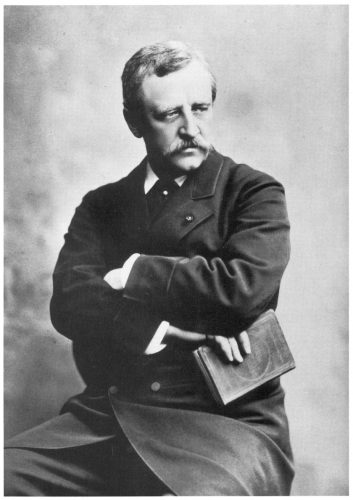
On a late summer evening in 1879, Finnish explorer Adolf Erik Nordenskiöld and his crew arrived in Yokohama, Japan aboard the Vega as it completed a milestone first journey through the Northeast Passage, reaching Asia from Europe by sailing above Russia and down through the Bering Strait. Though his journey was that of a sailor and explorer, Nordenskiöld was compelled to comment on the artistic beauty that beckoned on land. Sailing into Tokyo Bay, he wrote in his book recounting the voyage, “we see in the west, if the weather be fine, Fusiyama’s snow-clad, incomparably beautiful volcanic cone raise itself up from a cultivated forest-clad region. When one has seen it (Mount Fuji), he is no longer astonished that the Japanese reproduce with such affection on their varnished wares, porcelain, cloth, paper, sword-ornaments, &c, the form of their highest, stateliest, and also grimmest mountain.”
Nordenskiöld’s observations came at a time when contact and connection between Europe and Japan were slowly but steadily increasing. For two centuries, Japan had been closed to foreigners, an isolation that had only begun to lift several decades prior to their arrival. Nordenskiöld and those of his ilk were emblematic of an era of maritime exploration, seeking to make faraway parts of Asia more accessible. These ties – both in commerce and the arts - forged in an era of exploration to new frontiers slowly evolved, flourished, and ultimately endured.

As they admired “a number of beautiful specimens of Japanese art,” Nordenskiöld predicted the growth of a phenomenon that generations later is still demonstrated time and time again. “For, in many departments, and not least in that of art, there is much to be found here which when properly developed will form a new and important addition to the culture of the West, of which we are so proud,” he wrote.
One manifestation of this legacy can be seen today in the myriad artistic, commercial, and diplomatic ties between Finland and Japan. Earlier this year, both countries celebrated 100 years of diplomatic relations, starting with Japan’s recognition of Finnish independence in 1919. In praising this milestone, Finland’s Ambassador to Japan, Pekka Orpana, paid homage to the importance of art in cultivating this broader relationship, noting that “we have a lot of similarities that unite us…for instance, how we appreciate nature and design.”

東海道五十三次之内 蒲原 夜の雪 Evening Snow at Kanbara, from the series "Fifty-three Stations of the Tōkaidō"
Japanese artistic expression has for centuries reflected Shintoism’s deep reverence for nature. Japanese art often depicts the changing of seasons – from vibrant but fragile cherry blossoms to the quiet of landscapes blanketed in snow. As this Met Museum essay notes, artists “created meditations on the fleeting seasons of life and, through them, expressed essential truths about the nature of human experience.”[1] This reflective quality had widespread resonance, finding expression well beyond the borders of long-isolated Japan.

The Great Wave off Kanagawa
Despite being separated by geography and history, the longstanding and intangible appeal of art between both cultures continues to thrive.
According to art historian Gabriel Weisberg, Nordic design was reinforced by Japanese art aesthetics. The innate love of nature in Nordic countries found support in all of Japanese art making it possible for the two cultures to easily blend with one another ”. Weisberg was chief curator of “Japanomania in the North 1875-1918,” an exhibit that explored the influence of Japanese arts on Nordic countries in the latter half of the 19thcentury.
“The mystery of the appreciation of art, the way Japanese art has inspired artists and designers, is one of the great stories in western/eastern creativity,” says Weisberg. “Japonisme works in both directions which makes the tendency one of the strongest paths toward creativity.”

Japanomania in the Nordic Countries 1875–1918: The influence of Japan on Nordic Art and Design. Photo: Finnish National Gallery / Hannu Pakarinen
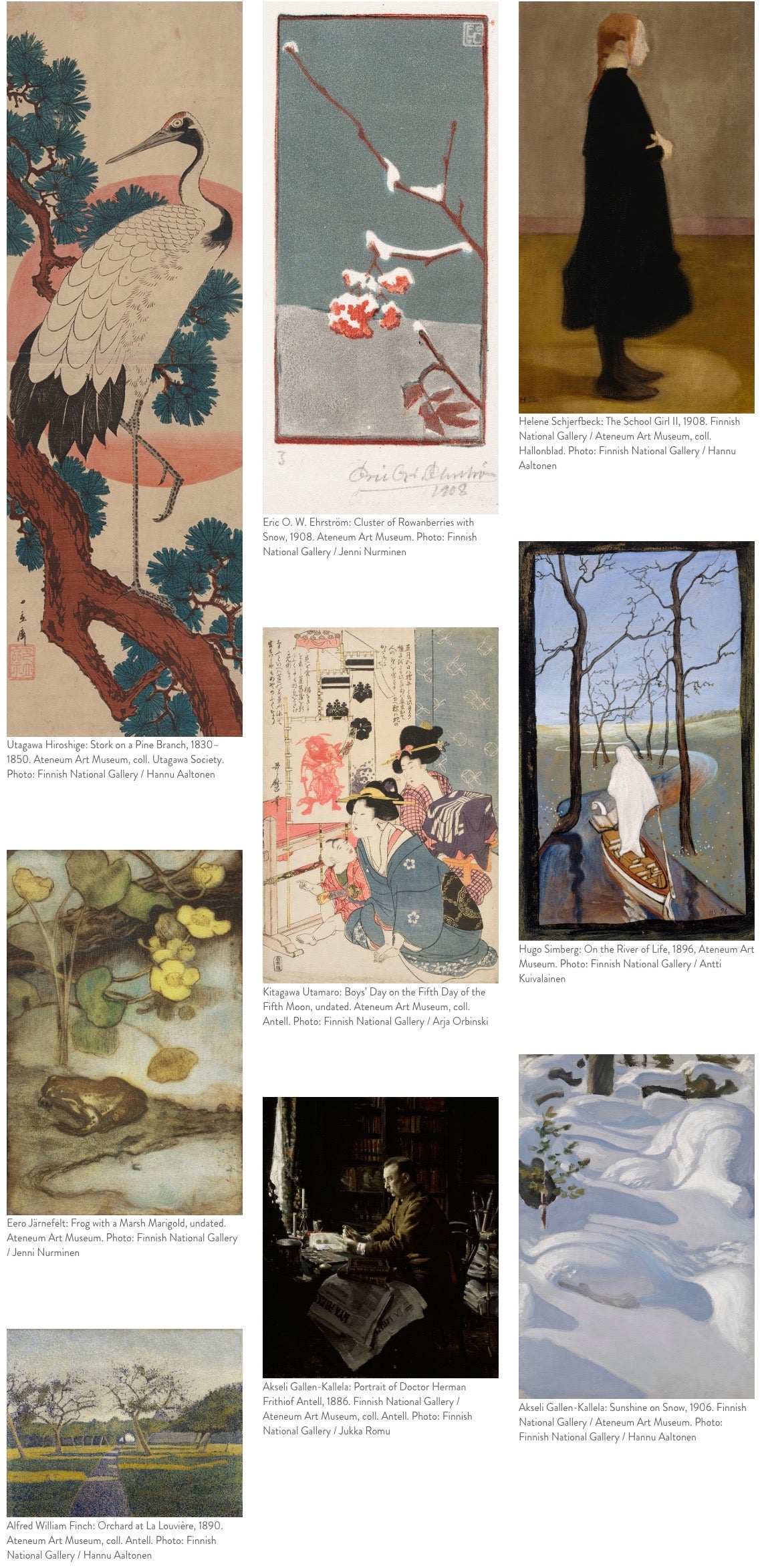
NØRDIK’s curated collection of sustainable Scandinavian designs pays tribute to this interwoven history while taking into consideration today’s environmental concerns, offering numerous items created by Japanese designers – and many that reflect the subtle influences that have been infused into Nordic aesthetics. Makoto Kagoshima’s nature motifs can be found in the KOIRA JA KISSA (dog and cat) and KALA (fish) textiles, which reflect a buoyant approach to honoring nature. (According to Kagoshima’s website, he creates designs “with a variety of plants and animals, which he loves and lives with, from his childhood.”) Under the Lapuan Kankurit label, Masaru Suzuki’s KILI (sheep) and LASTU (wood shaving) designs also play to the natural elements honored in many Scandinavian homes. The signs of artistic imprinting are endless - collaborations that blend effortlessly in Scandinavian brands.
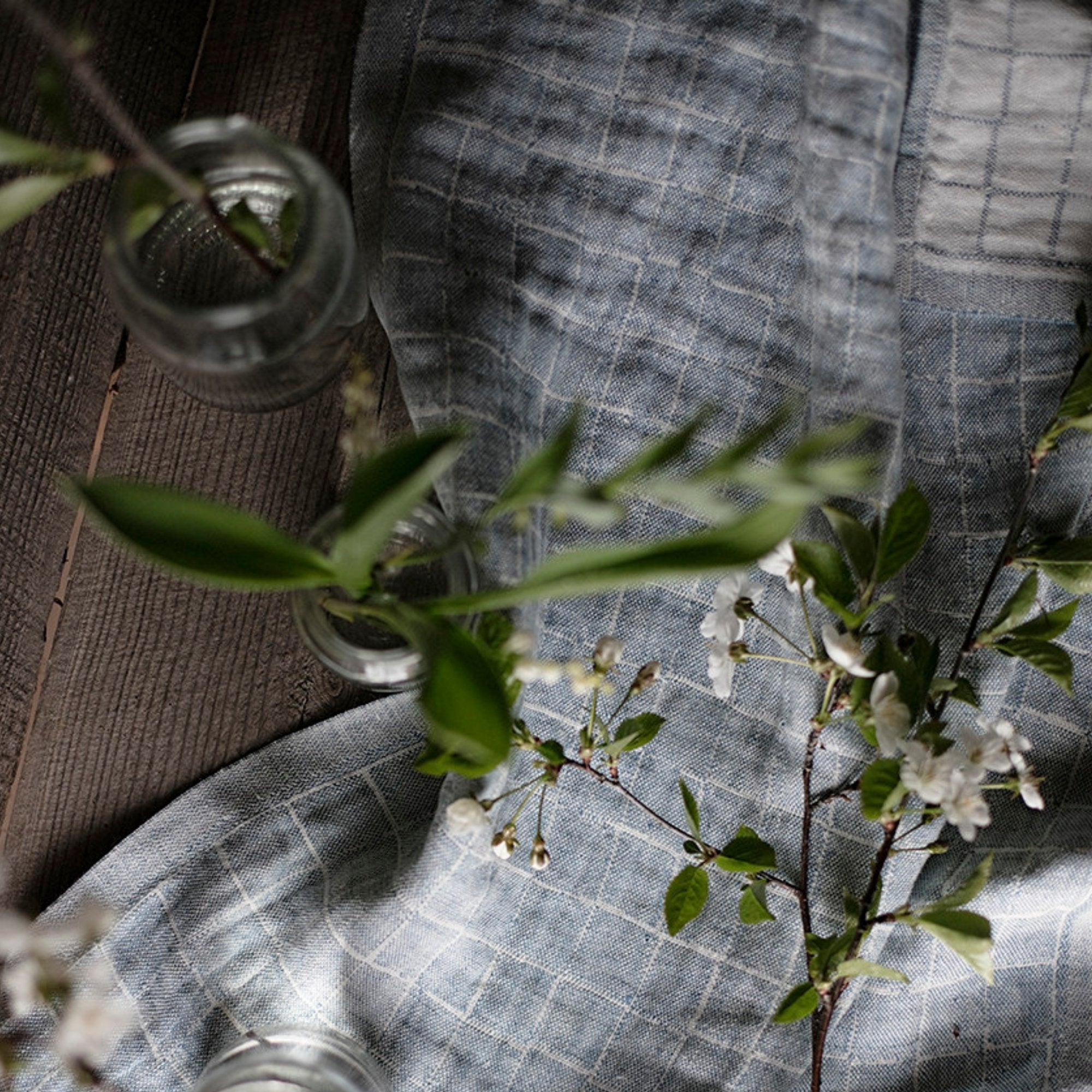
“In bringing cheerful designs to our collection, I wanted to showcase the best of Scandinavian design – which seamlessly incorporates many years of Japanese influence,” says Annika Caldwell, NØRDIK’s founder. “Growing up in Finland, I intuitively understood how the two cultures complement each other when it comes to design, especially in the interior of the home.” In the long winter months in Nordic countries, a shared appreciation of a cozy but uncluttered ambiance shines through. The need for an aesthetic that can bring out the best in small spaces echoes Japan, where the need for many people to live in close yet harmonious proximity. The simplicity of other designs – clean lines on furniture, for example – allow these designs to stand out even more. Tranquility and functionality allow depictions of the natural world to shine through in the home’s interior.
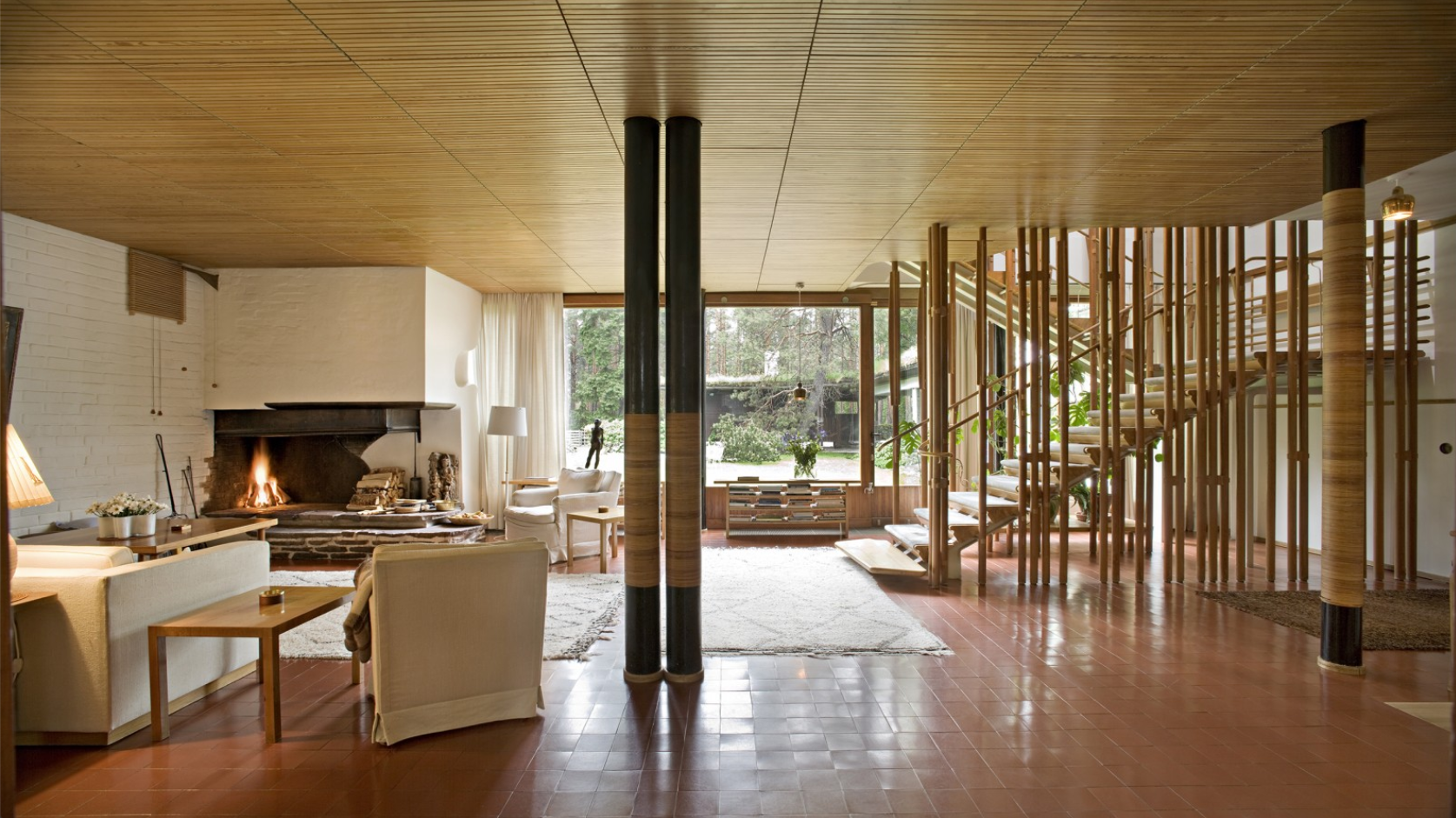
Blending with Nature: example of Finnish interior design. Source: Visit Finland
In examining this enduring and universal appeal, professor Timo Myllyntaus points to the of “the golden era of Finnish design,” as it came to prominence on the international scene in the 1950s and 1960s. Myllyntaus identifies three key elements that set it apart, writing that “nature was the inspiration of principal motifs,” along with “highly regarded simplicity and reduction of forms” in products that are “simple and geometrical, but still be pleasant and practical and finally respect for craftsmen’s traditions.” [2] More than half a century later, the elements he described are familiar in both worlds. In “Silent Beauty – Nordic and East Asian Interaction,” an exhibition this spring at Finland’s Ateneum Art Museum celebrated “everyday beauty and a connection with nature,” noting that “…a simplified aesthetic: geometric shapes, sophisticated colors, and an appreciation of materials link the pieces exhibited.”
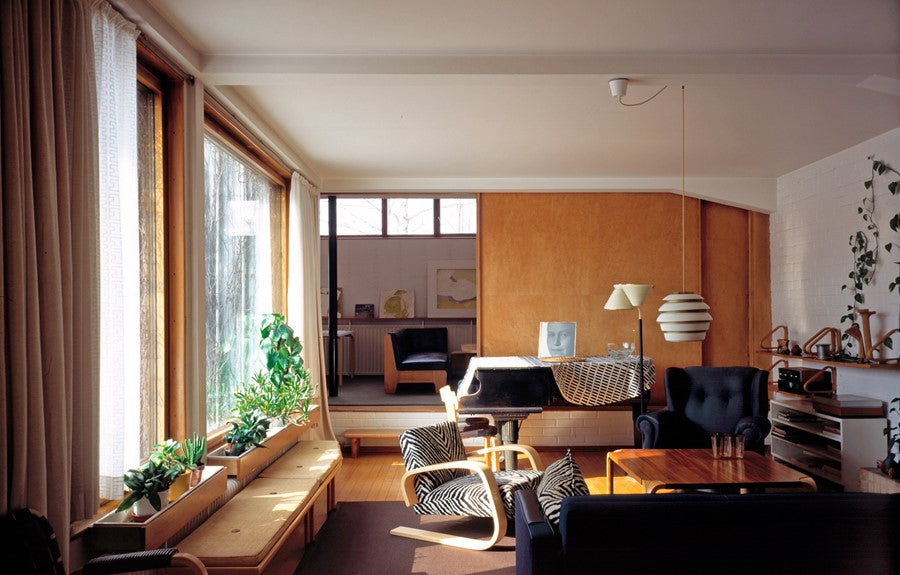
Aalto House Living Room© Alvar Aalto Museum, photography by Maija Holma
For NØRDIK, bringing Scandinavian aesthetics to homes in the United States is another natural link in a long chain, introducing beauty and art in a way that honors these cultural histories and deepens understanding of both. For the 19thcentury explorer Nordenskiöld, undergoing a long and arduous sea voyage afforded him the opportunity to be captivated by Japan’s artistic depiction of natural vistas. NØRDIK brings the fruits of those long-ago cultural exchanges to modern consumers who also demand sustainable goods that bring durable quality in the home while protecting the natural environment. By bringing the best of Scandinavian design and Japanese subtleties into modern homes, years of artistic osmosis incorporated in a fresh and renewable way can readily be appreciated by generations to come.
There is a story behind every design at NØRDIK!
[1] Department of Asian Art. “Seasonal Imagery in Japanese Art.” In Heilbrunn Timeline of Art History. New York: The Metropolitan Museum of Art, 2000 –. http://www.metmuseum.org/toah/hd/seim/hd_seim.htm (October 2004)
[2] Myllyntaus, Timo. "Design in Building an Industrial Identity: The Breakthrough of Finnish Design in the 1950s and 1960s." Icon16 (2010): 201-25. http://www.jstor.org/stable/23791383.



Comments
0 Comments
Leave a Comment